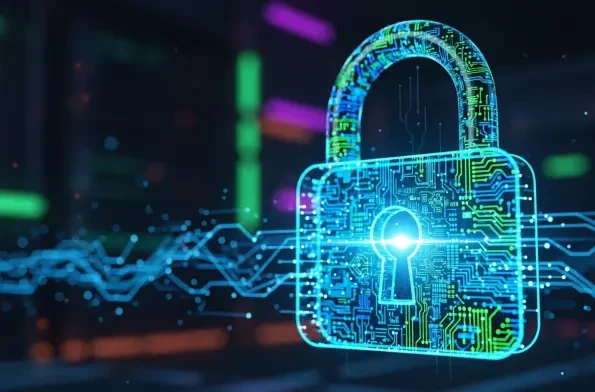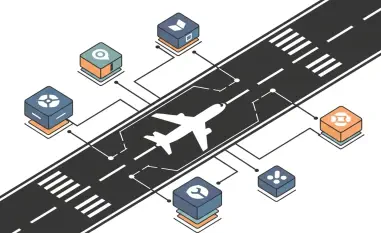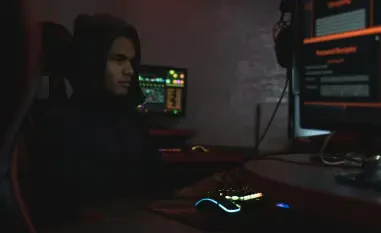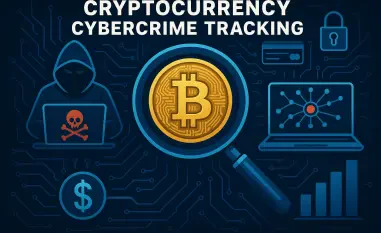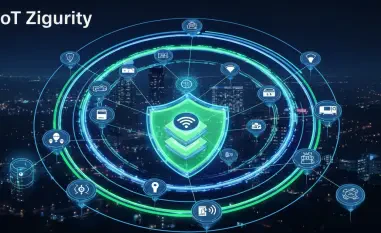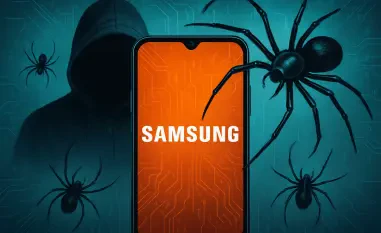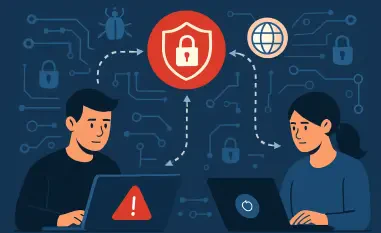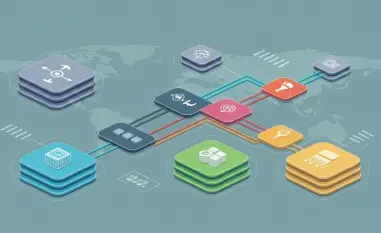I’m thrilled to sit down with Malik Haidar, a renowned cybersecurity expert with a wealth of experience in safeguarding multinational corporations against digital threats. With a unique blend of analytics, intelligence, and security expertise, Malik has a deep understanding of how to integrate business strategies into robust cybersecurity frameworks. Today, we’ll dive into the recent U.S. announcement of $100 million in funding for state, local, and tribal cybersecurity initiatives. Our conversation will explore the specifics of this funding, the goals of the grant programs involved, the unique challenges faced by different communities, and the broader impact on national cyber resilience.
Can you walk us through the recent announcement from CISA and FEMA about cybersecurity funding, and what this $100 million is intended to achieve?
Absolutely, I’m glad to break it down. The Cybersecurity and Infrastructure Security Agency, or CISA, along with the Federal Emergency Management Agency, FEMA, recently unveiled over $100 million in grant funding aimed at bolstering cybersecurity for state, local, and tribal governments. This initiative is a significant step toward enhancing digital defenses across various levels of government. The funding is designed to support critical improvements like hiring new cybersecurity staff, upgrading services, and conducting planning and exercises to strengthen cyber resilience. It’s really about equipping these entities with the resources to mitigate risks and protect the essential services they provide to communities.
How is this funding distributed among state, local, and tribal governments, and what are the key differences in the programs they’re allocated to?
The $100 million is split into two distinct grant programs. The State and Local Cybersecurity Grant Program, or SLCGP, receives $91.7 million for Fiscal Year 2025, and it’s focused on supporting state and local governments in enhancing their cybersecurity posture. Then there’s the Tribal Cybersecurity Grant Program, or TCGP, which is allocated $12.1 million for the same fiscal year, specifically targeting tribal governments. The difference lies in the tailored approach—tribal communities often have unique needs and infrastructure challenges, so the TCGP is designed to address those specific circumstances, while the SLCGP covers a broader range of state and local entities.
What can state and local governments do with the funding from the SLCGP, and how might these resources make a tangible difference in their communities?
The SLCGP funding opens up a lot of opportunities for state and local governments to fortify their cybersecurity frameworks. They can use the money for things like hiring skilled personnel to manage and respond to cyber threats, improving existing services such as network monitoring, and even investing in planning and exercises to simulate and prepare for potential attacks. These resources can make a real difference by reducing vulnerabilities in public systems—think about protecting everything from local utility services to election infrastructure. When these systems are secure, it builds trust and safety for the entire community.
Turning to the Tribal Cybersecurity Grant Program, what are some of the specific cybersecurity challenges tribal communities face, and how does this funding aim to address them?
Tribal communities often face unique hurdles when it comes to cybersecurity. Many are in remote areas with limited access to advanced technology or trained personnel, and their digital infrastructure might not be as robust as in urban centers. Additionally, they can be prime targets for cyberattacks due to the sensitive nature of tribal data and governance systems. The TCGP, with its $12.1 million allocation for Fiscal Year 2025, aims to tackle these issues by providing resources to build stronger defenses, train staff, and upgrade systems. It’s about leveling the playing field so these communities can protect their critical services and cultural assets from digital threats.
How do these grants fit into the larger mission of improving cybersecurity across the United States, and what are some of the broader goals CISA is working toward?
These grants are a vital piece of the puzzle in strengthening national cybersecurity. CISA’s overarching mission is to enhance resilience against cyber threats, and programs like the SLCGP and TCGP directly contribute by fortifying the defenses of state, local, and tribal entities—often the first line of defense for many critical services. The broader goals include improving network security, reducing the risk of breaches, and fostering a collaborative approach to cyber defense across all levels of government. By investing in these communities, CISA is not just protecting individual systems but also building a more interconnected and resilient digital ecosystem nationwide.
Could you share a bit about the history of these grant programs and the legislation that made them possible?
Sure, these programs have their roots in forward-thinking legislation. The State and Local Cybersecurity Grant Program and the Tribal Cybersecurity Grant Program were established through the State and Local Cybersecurity Improvement Act of 2021, which set aside $1 billion over four years for these efforts. The SLCGP kicked off in 2022, while the TCGP followed in 2023. In terms of past funding, the SLCGP saw over $400 million distributed in Fiscal Year 2023 and more than $300 million in 2024. For tribal governments, the TCGP previously provided $18.2 million. This consistent investment shows a long-term commitment to addressing cybersecurity gaps at all levels.
For state, local, and tribal governments looking to tap into this funding, what are the first steps they should take to get started with the application process?
The first step for any interested government entity is to visit CISA’s website, where they can find dedicated pages for both the SLCGP and TCGP. These pages detail the objectives, eligibility criteria, and application guidelines for each program. They should also review the Fiscal Year 2025 Notice of Funding Opportunity, or NOFO, for each grant, as these documents provide specific instructions and requirements. It’s about doing the homework upfront—understanding the scope of the funding and aligning their needs with the program goals—to put together a strong application.
What is your forecast for the future of cybersecurity funding and initiatives like these in the United States?
I’m cautiously optimistic about the future of cybersecurity funding in the U.S. With the increasing sophistication of cyber threats, I expect we’ll see continued, if not increased, investment in programs like the SLCGP and TCGP. The focus will likely shift toward more proactive measures—think predictive analytics and AI-driven threat detection—alongside ongoing support for training and infrastructure upgrades. There’s also a growing recognition of the need for equity in cybersecurity, ensuring that underserved communities, including tribal nations, aren’t left behind. If we can maintain this momentum and foster collaboration between federal, state, and local entities, we’ll be in a much stronger position to tackle the evolving digital landscape.
